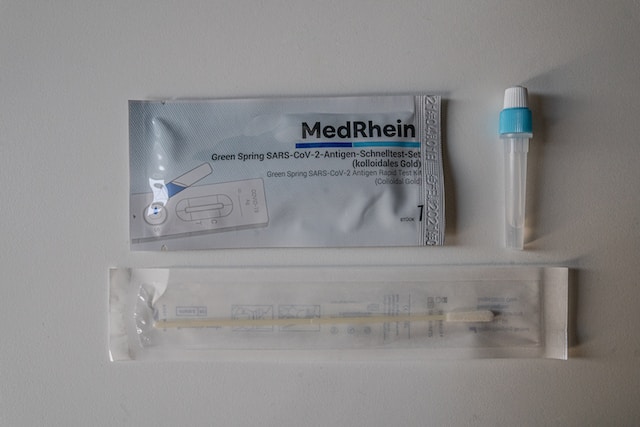Introduction: As the world grapples with the ongoing COVID-19 pandemic, testing remains a crucial tool in combating the spread of the virus. In recent months, the availability and popularity of at-home COVID-19 testing kits have surged. These kits allow individuals to test themselves in the comfort of their own homes, offering convenience and accessibility. However, like any other medical innovation, at-home testing kits have their share of pros and cons. In this article, we will explore the advantages and drawbacks of at-home COVID-19 testing kits, shedding light on their impact on public health and the potential challenges they pose.
Pros:
- Convenience and Accessibility: One of the key advantages of at-home COVID-19 testing kits is their convenience. These kits eliminate the need for individuals to visit testing centers or clinics, saving them time and reducing potential exposure to the virus. At-home testing provides a quick and accessible option for individuals who may have mobility issues or limited access to healthcare facilities, particularly those living in remote areas.
- Privacy and Comfort: For many people, the idea of being tested for COVID-19 in a public setting can be anxiety-inducing. At-home testing allows individuals to collect samples in the privacy of their own homes, which can alleviate the stress and discomfort associated with testing in a clinical setting. This privacy factor may encourage more individuals to get tested, leading to better detection and containment of the virus.
- Rapid Results: At-home testing kits often provide quick turnaround times for results. This timely feedback can help individuals take appropriate measures promptly, such as self-isolation and seeking medical care if necessary. By reducing the time between testing and receiving results, at-home kits contribute to faster contact tracing and better control of the virus’s spread.
Cons:
- Accuracy and Reliability: While at-home COVID-19 testing kits have improved over time, concerns remain regarding their accuracy and reliability. Mishandling of samples or improper use of the testing kit can lead to false negatives or false positives. Additionally, some kits may have a higher chance of error compared to laboratory-based testing, potentially undermining the effectiveness of public health efforts.
- Lack of Professional Supervision: Unlike tests conducted in healthcare settings, at-home testing lacks direct supervision from medical professionals. This absence of oversight may result in individuals misinterpreting results or failing to follow proper testing procedures, leading to inaccurate outcomes. The need for clear instructions and user-friendly interfaces in at-home testing kits becomes paramount to ensure proper usage and accurate interpretation of results.
- Limited Testing Capabilities: At-home testing kits generally rely on a single testing method, such as rapid antigen tests, which may have limitations in detecting certain variants or cases with low viral loads. More comprehensive testing, including PCR-based tests, is typically performed in specialized laboratories. Thus, at-home testing should be seen as a complement rather than a substitute for laboratory-based testing, particularly in high-risk scenarios or when confirmation is necessary.
Conclusion: At-home COVID-19 testing kits offer undeniable advantages in terms of convenience, privacy, and rapid results. They have the potential to expand testing capacity and reach populations that face barriers to traditional testing methods. However, it is crucial to address concerns related to accuracy, reliability, and the absence of professional supervision. Combining the strengths of at-home testing with robust laboratory-based testing and a comprehensive public health strategy can provide a more effective and nuanced approach to pandemic management. As these testing technologies continue to evolve, policymakers, healthcare professionals, and individuals must critically evaluate their pros and cons to make informed decisions that prioritize public health and safety.












